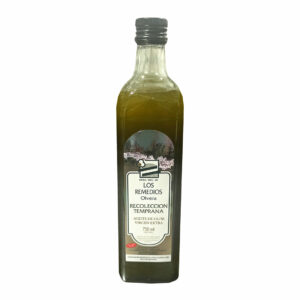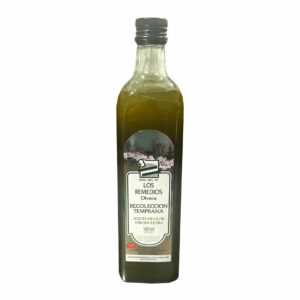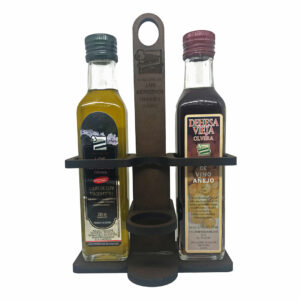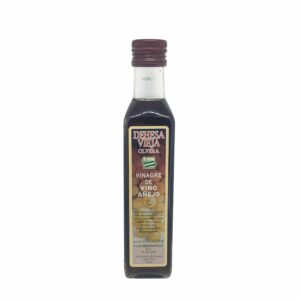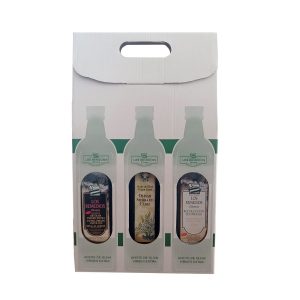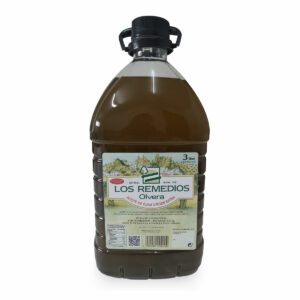Pistachio plant consists of a pattern, responsible for the vigor and efficiency in the absorption of both nutrients and water, and a variety, which is grafted bud, He is responsible for the fruit and dependent on climatic factors such as: cold hours, heat hours, relative humidity and rainfall.
What pattern use?
From the technical services of the Cooperative, We evaluate the soil parameters of each floor, by soil analysis and calicatas, for the optimal choice of pattern: Rainfed or irrigation system, Reserve capacity of soil water, Nutrient contribution of soil and blockages of chemical elements, Depth of soil, Historical and determination of disease and necessary corrections soil before planting.
Analyzed the variables necessary for determining the pattern, choose from the following possibilities:
A- Pistacia terebintus (Cornicabra): native species. campy, with excellent adaptation to poor soils, chalky and shallow. It withstands drought well. Vigor medium to low and good affinity with all varieties. It is the one with better nutritional efficiency. Sensitive to root asphyxia and Verticilosis
B- Atlantic Pistacia: Originally from North Africa and the Canary Islands. It is quite rustic, although less than cornicabra. Excellent adaptation to loose soils, but holds more than cornicabra heavy. Supports very well the drought. Cornicabra greater vigor and good affinity with varieties. Good nutritional efficiency. Sensible a Verticilosis.
C- UCB1: Pistacia atlantica hybrid and Pistacia integerrima, offering resistance to cold (P. Atlantic) and tolerance to Verticillium (P. The sensitive). Low nutritional efficiency and better tolerate soils with a clay content. It has great vigor, greater than P. Atlantica.
WHAT VARIETY GRAFT?
From the technical services we have analyzed the variables
climatic varieties that condition and I have Selec-tioned as a result for altitude and terrain features Olvera, as well as the neighboring municipalities of the Sierra Norte de Cádiz, The following varieties:
1 Mateur: He is originally from Tunisia. Variety of great vigor, with branched porte, globoso and productive. Medium and elongated fruit with very good flavor. It has a moderate vecería. In late entry into production, with a high amount of low fruit open and empty fruit. You need less cold hours avdat, Larnaca, sirora and Kerman.
2 Avdat: Variety of great vigor, rainfed production. Medium and has an elongated fruit with good flavor, very similar to Larnaka. It has an average vecería, with an average amount of open and half empty fruit fruits. You need some warmer than Larnaka.
3 Larnaca: He is originally from Cyprus. vigorous and productive variety. Medium and has an elongated fruit with very good flavor. vecería moderate. Early entry into production in, with a high amount of low fruit open and empty fruit. Easy formation of the tree.
4 Sirora: Variety selected in Australia, high force and high production. It has a medium-large and elongated-round fruit. With a high amount of open and half empty fruit fruits. A little earlier than Kerman.
5 Kerman: Variety from the US selection program. Highly appreciated worldwide for its large size and rounded. Under dry conditions it has a high vecería, high number of closed and empty fruit. High needs cold hours.
What variety put under the cold hours?
The cold hours necessary for growing the Pistachio refer to the accumulated time that the tree is below 7 ºC. According to the above we have a range of needs ranging from the 600 until 1200 hours
Ascending order needs have:
Mateur < Avdat < Larnaca < Sirora < Kerman

